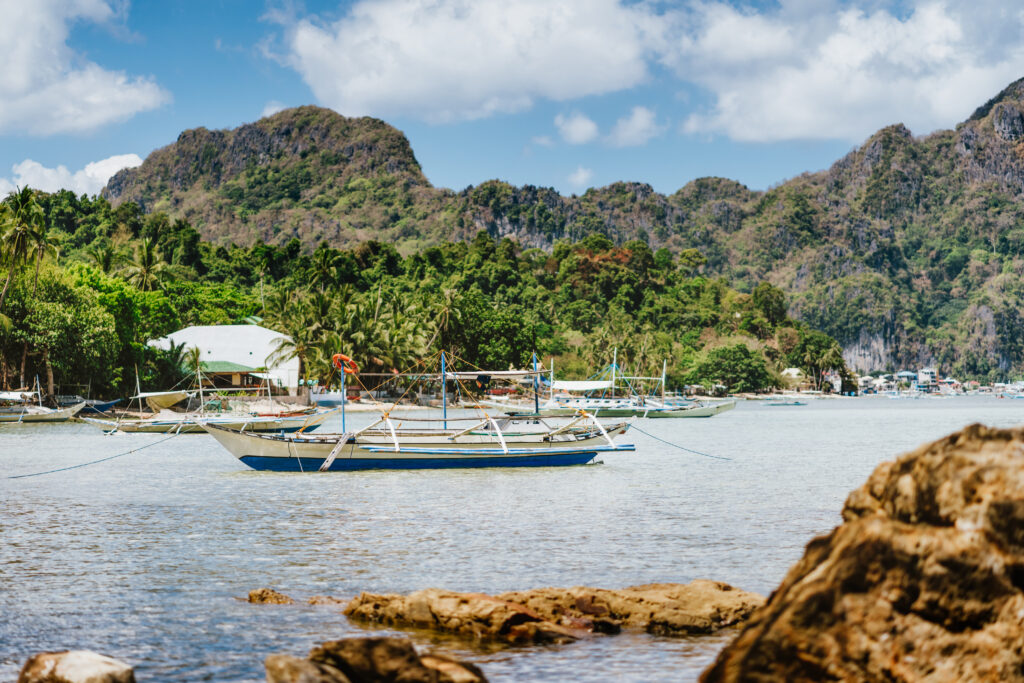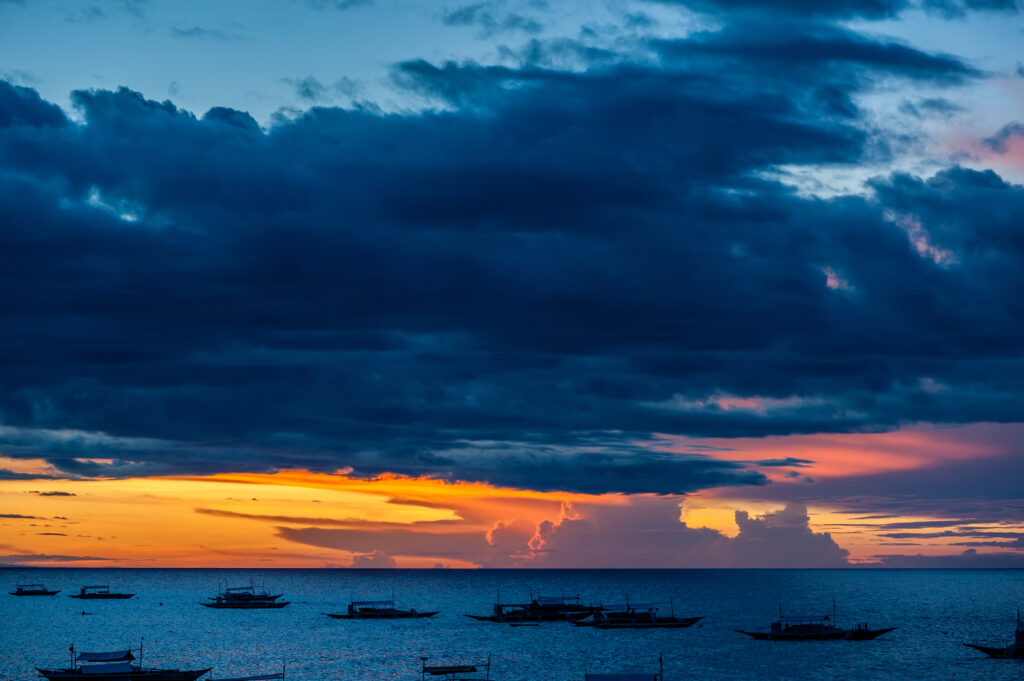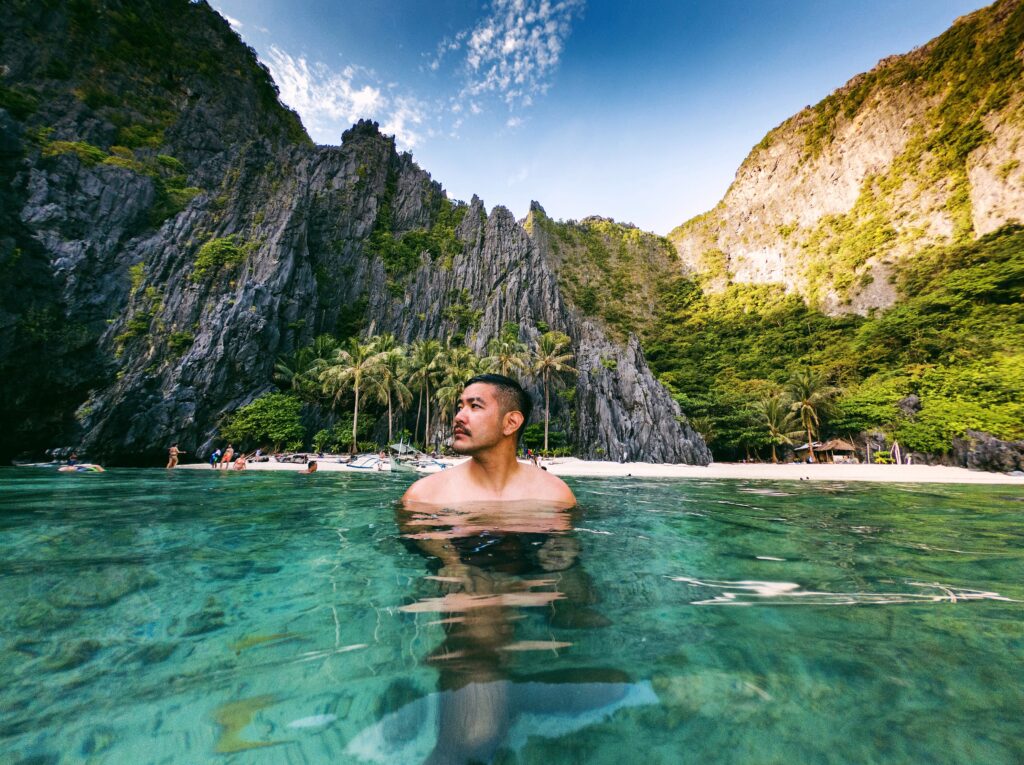- DREAMHOLIDA LIMITED 14 SEDDON STREET MANCHESTER M12 4GP
- Working Day : Monday - Firday (9AM - 5PM)

PHILIPPINES
The Philippines, a beautiful Southeast Asian nation, is celebrated for its stunning beaches, rich culture, and warm hospitality. Comprising over 7,000 islands, the country offers a diverse landscape—from pristine white-sand beaches and lush rice terraces to bustling urban centers. Filipino cuisine is a delightful blend influenced by Malay, Chinese, and Spanish culinary traditions. Visitors can explore historical landmarks, colonial architecture, ancient ruins, and colorful festivals that reflect the nation’s vibrant cultural heritage. Whether diving into Palawan’s underwater wonders, trekking through the Banaue rice terraces, or soaking up the energy of Manila’s streets, the Philippines has something special for every traveler.
Weather
The Philippines, with its tropical climate, has warm and humid weather throughout the year. It experiences two main seasons: the dry season, from December to May, known for its bright and pleasant days, and the wet season, from June to November, which often brings heavy rain and occasional typhoons. Temperatures typically range from 25°C to 32°C (77°F to 90°F), making the country a great spot for beach lovers and outdoor adventurers. Checking the local forecast for your destination is recommended to help you pack accordingly and make the most of your visit!

Food and Culture
The Philippines boasts a rich and diverse culinary and cultural heritage. Filipino cuisine is a flavorful mix influenced by Chinese, Malay, and Spanish traditions, with popular dishes such as savory adobo, tangy sinigang, crispy lechon, and the refreshing dessert halo-halo. Filipino culture is a vibrant blend of indigenous practices and colonial influences, celebrated with joyful festivals like Sinulog, Ati-Atihan, and Pahiyas. Traditional dances, such as the energetic tinikling, and customs like bayanihan, which emphasizes community support, are integral to Filipino life. Known for their warmth and hospitality, Filipinos have a strong sense of family and community, showing resilience and positivity even during difficult times.


Major Cities
MANILA:
Manila, the lively capital of the Philippines, is renowned for its historical landmarks, bustling street markets, and energetic atmosphere. With a mix of Spanish colonial buildings and modern high-rises, the city gives visitors a glimpse into both contemporary life and historical charm. Key cultural sites like Intramuros, Rizal Park, and the National Museum showcase the Philippines’ rich heritage and history. Manila’s primary gateway, Ninoy Aquino International Airport (NAIA), connects the city to destinations worldwide with its four terminals serving both domestic and international flights. Although NAIA faces challenges with infrastructure and traffic, efforts are ongoing to improve its facilities and services, enhancing the travel experience for visitors entering and leaving Manila.


CEBU CITY:
Cebu City, a bustling hub in the Philippines, is celebrated for its historical sites, beautiful beaches, and vibrant culture. This city appeals to both locals and tourists, offering a blend of modern comforts and natural beauty. Visitors can explore landmarks such as Magellan’s Cross and Fort San Pedro or unwind on the pristine beaches of Mactan Island. Mactan-Cebu International Airport, the second busiest airport in the country, connects Cebu to a wide range of domestic and international destinations, serving as a major gateway to the central Philippines. With modern facilities and a convenient location, the airport ensures a smooth travel experience for those arriving in or departing from Cebu City.
DAVAO CITY:
Davao, a lively city in the Philippines, is celebrated for its scenic landscapes, rich cultural heritage, and renowned fruits like durian. Visitors to Davao can enjoy diverse attractions, including the Philippine Eagle Center, the towering Mount Apo, and the picturesque beaches of Samal Island. This city’s harmonious blend of urban growth and natural beauty offers travelers the best of both adventure and relaxation. Francisco Bangoy International Airport, commonly known as Davao International Airport, serves as the main gateway to the city. With modern facilities and efficient services, the airport connects Davao to numerous destinations within the Philippines and abroad, enhancing accessibility and making Davao an inviting spot for tourists.


CLARK CITY:
Clark, a bustling city in the Philippines, is recognized for its rapid economic growth, vibrant entertainment scene, and close proximity to the scenic Mount Pinatubo. Visitors can explore a wide array of activities, from shopping and dining in the Clark Freeport Zone to experiencing local culture at Nayong Pilipino Clark and nature at Paradise Ranch. With its strategic location near Angeles City and popular adventure spots, Clark is an appealing destination for both leisure and business travelers. The city is well-connected through Clark International Airport, a major hub in Luzon that links Clark to multiple domestic and international locations. Known for its modern infrastructure and convenient access, Clark International Airport enhances the city’s appeal and plays a vital role in its emergence as a significant transportation and economic center in the Philippines.

